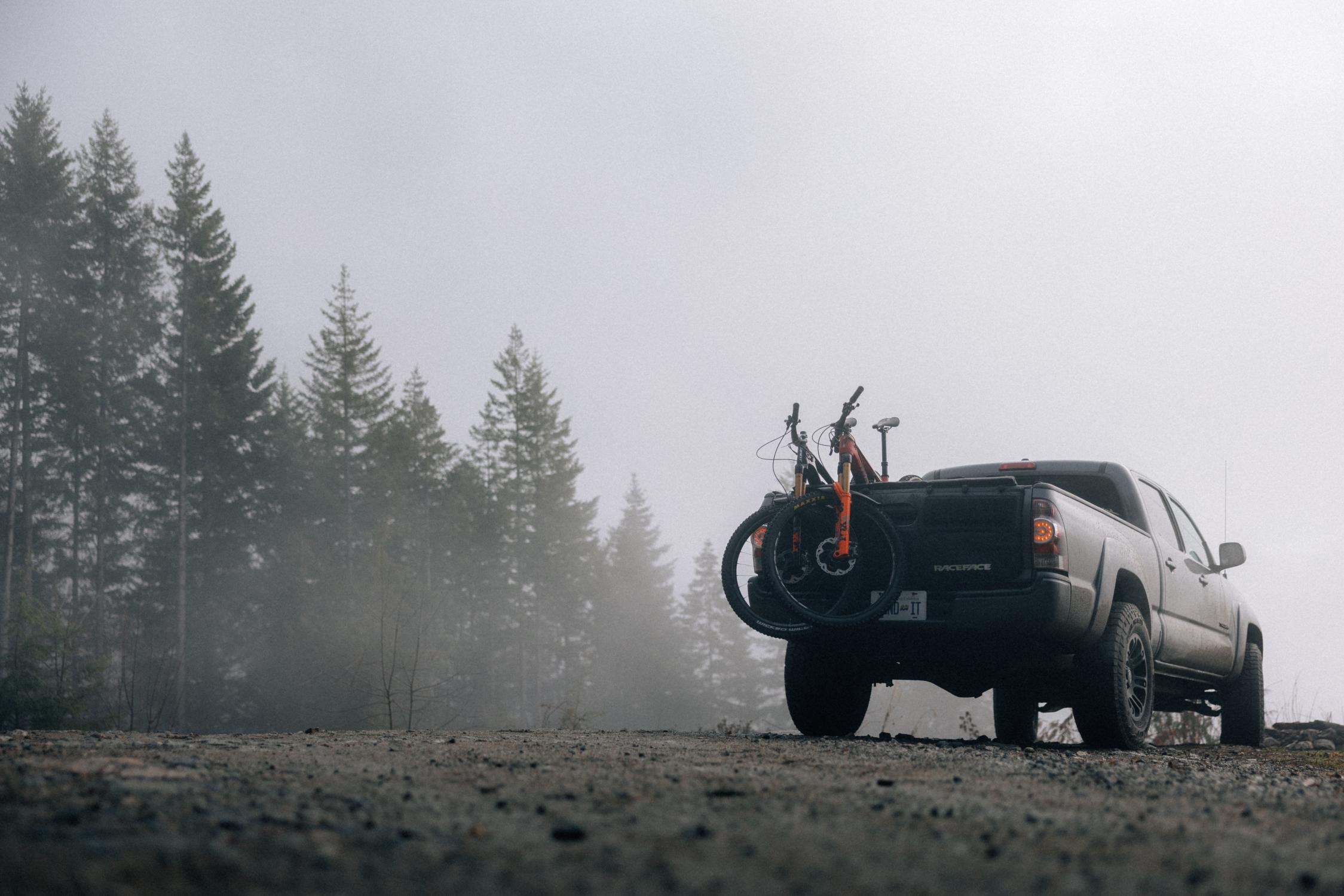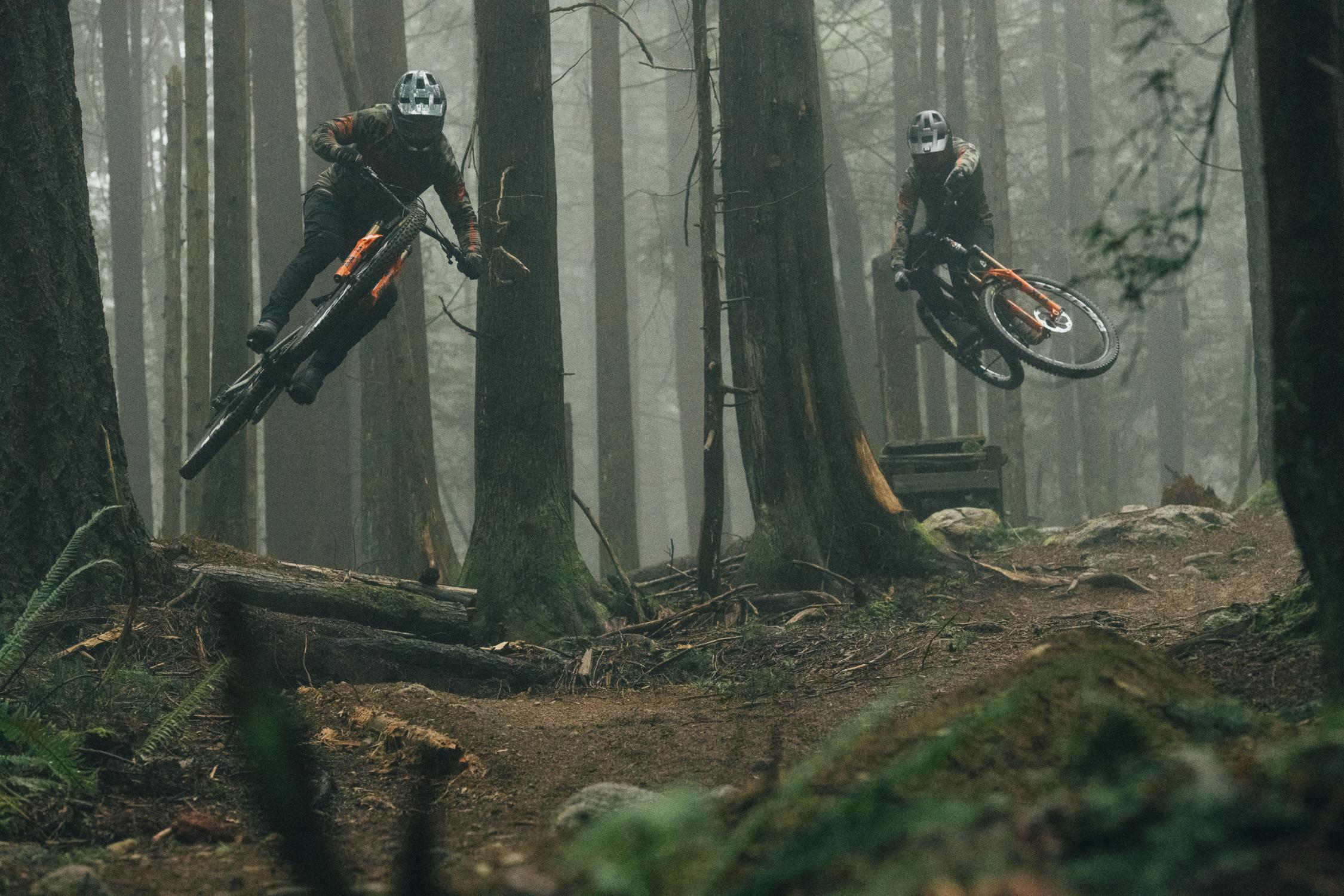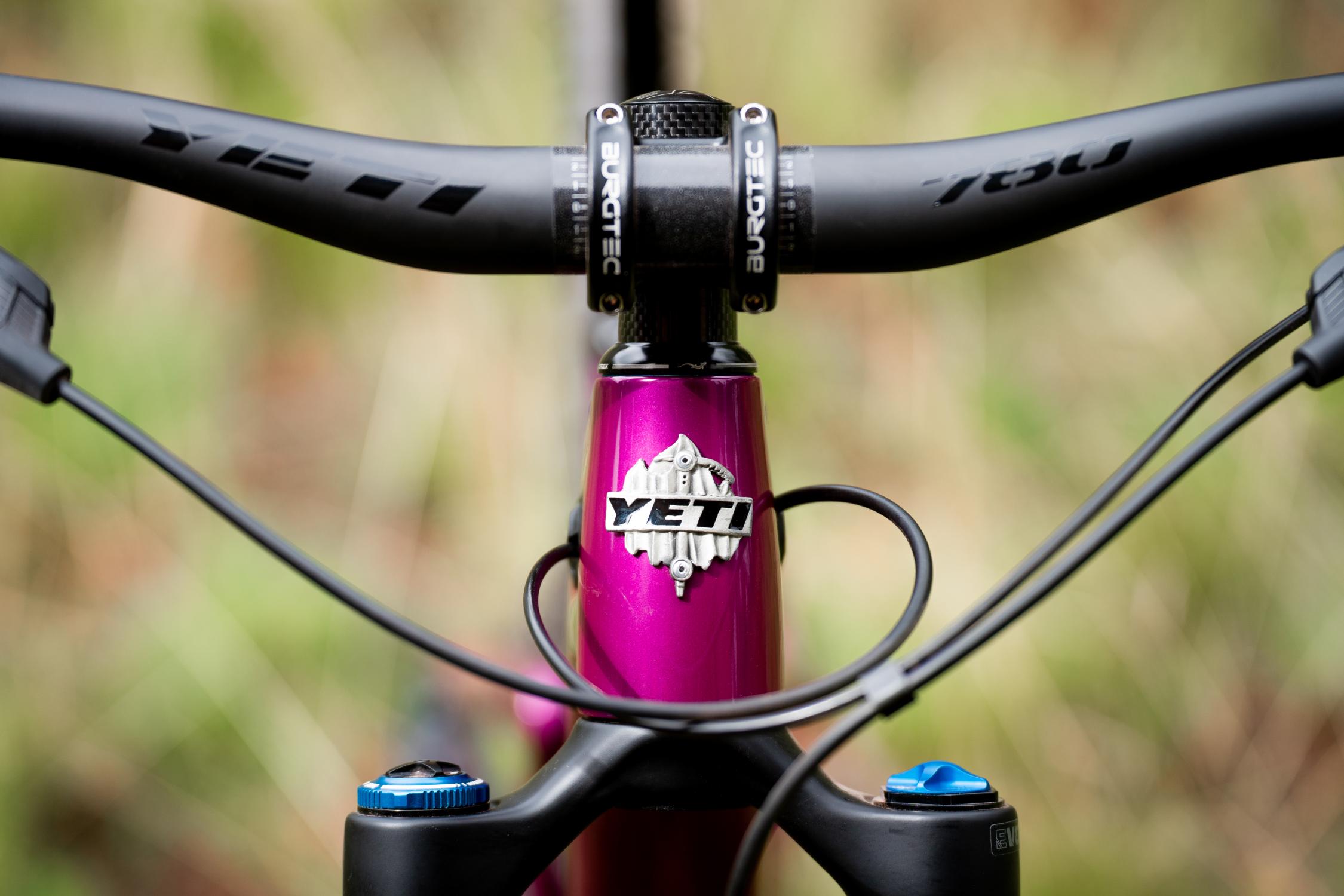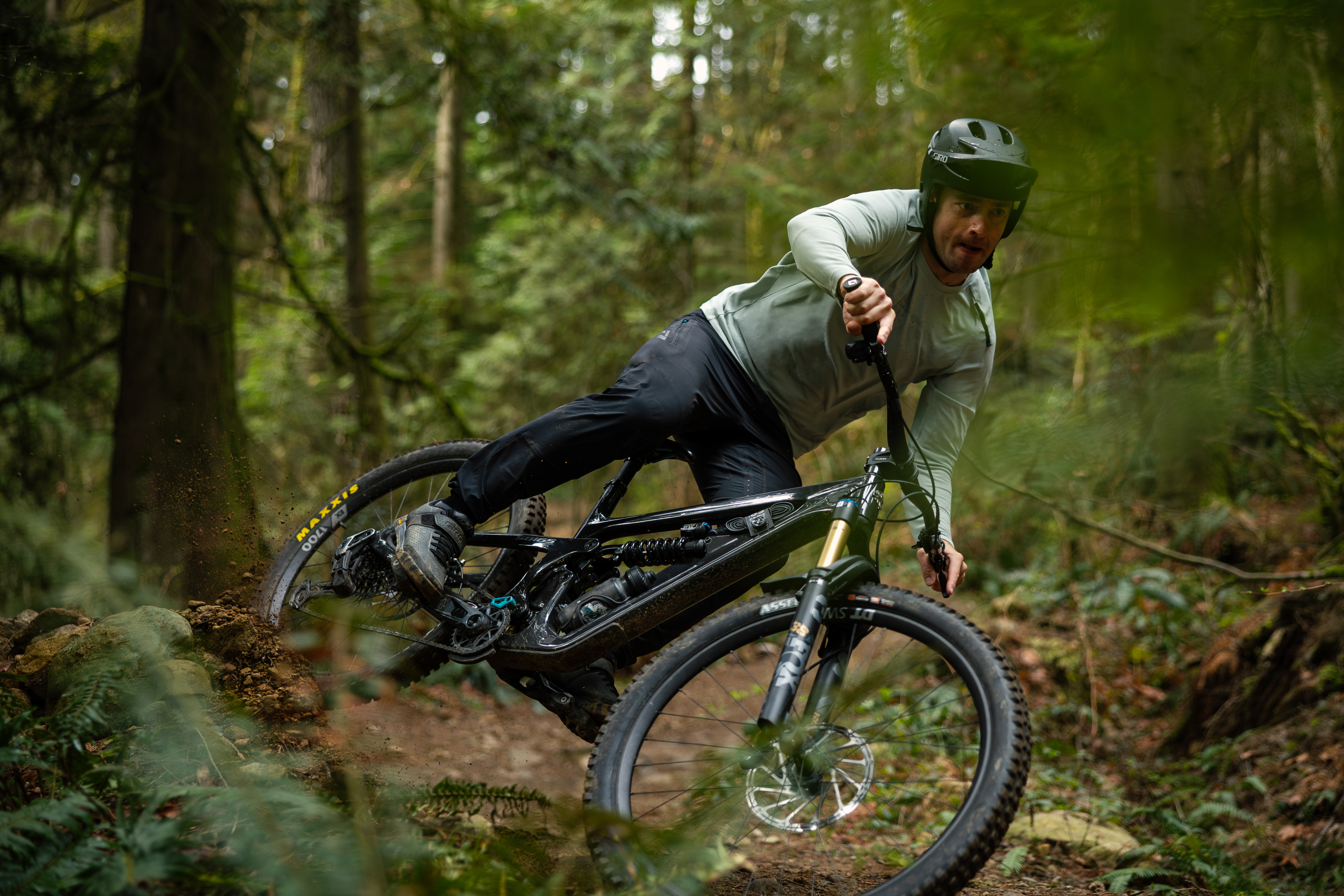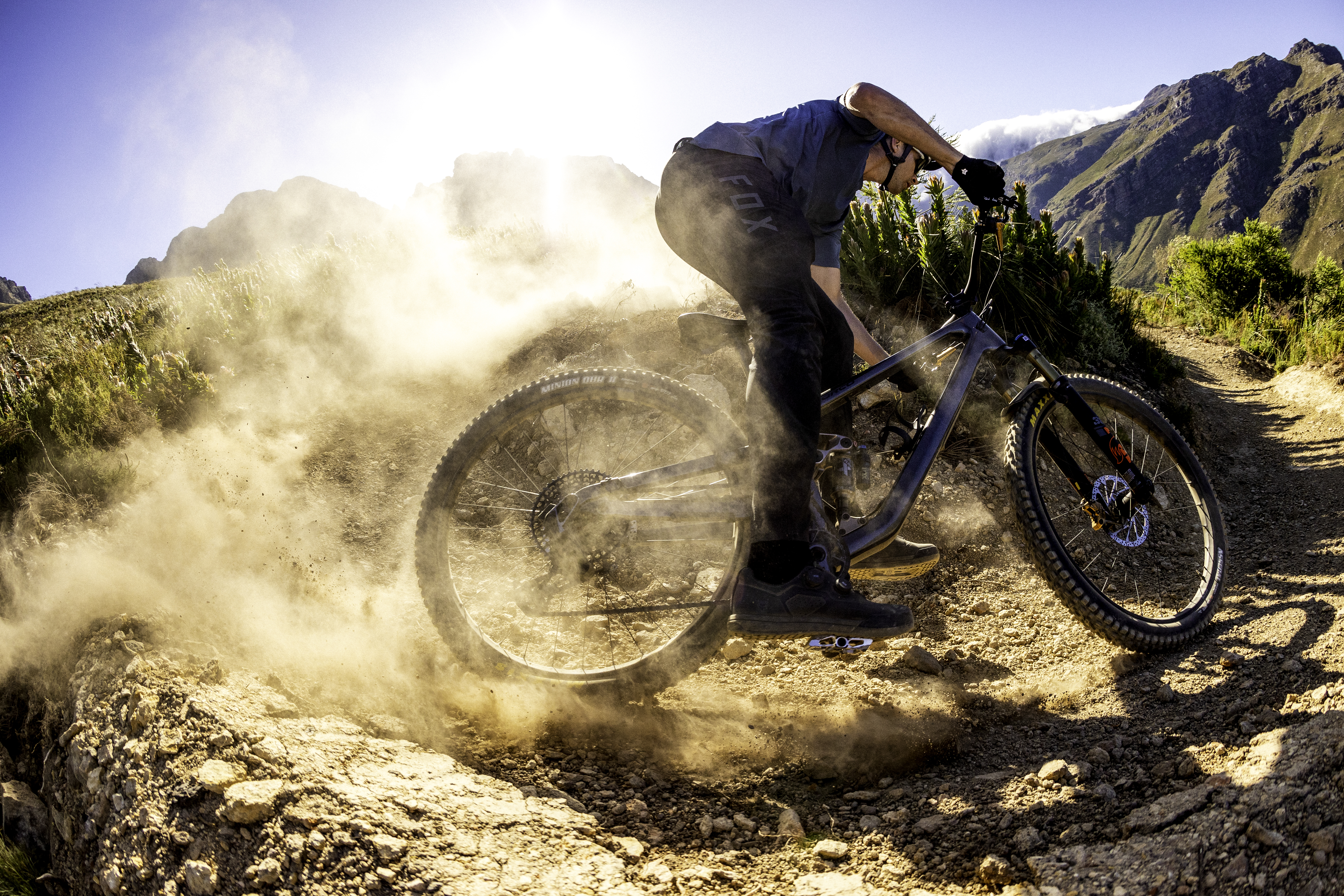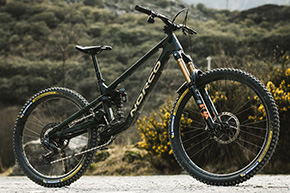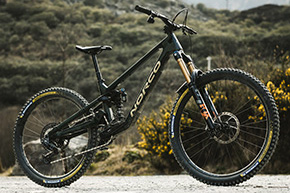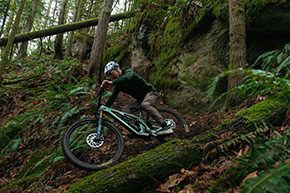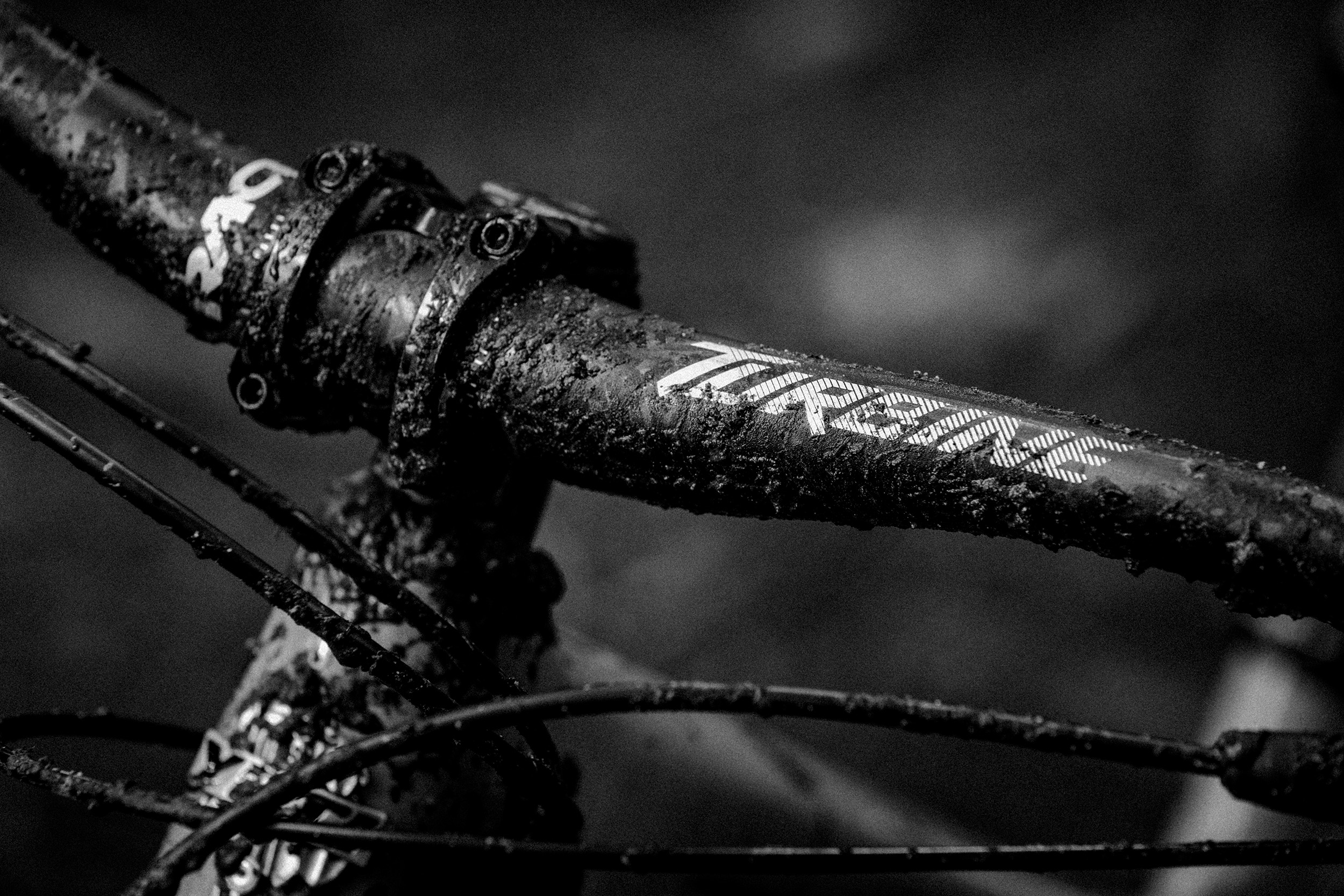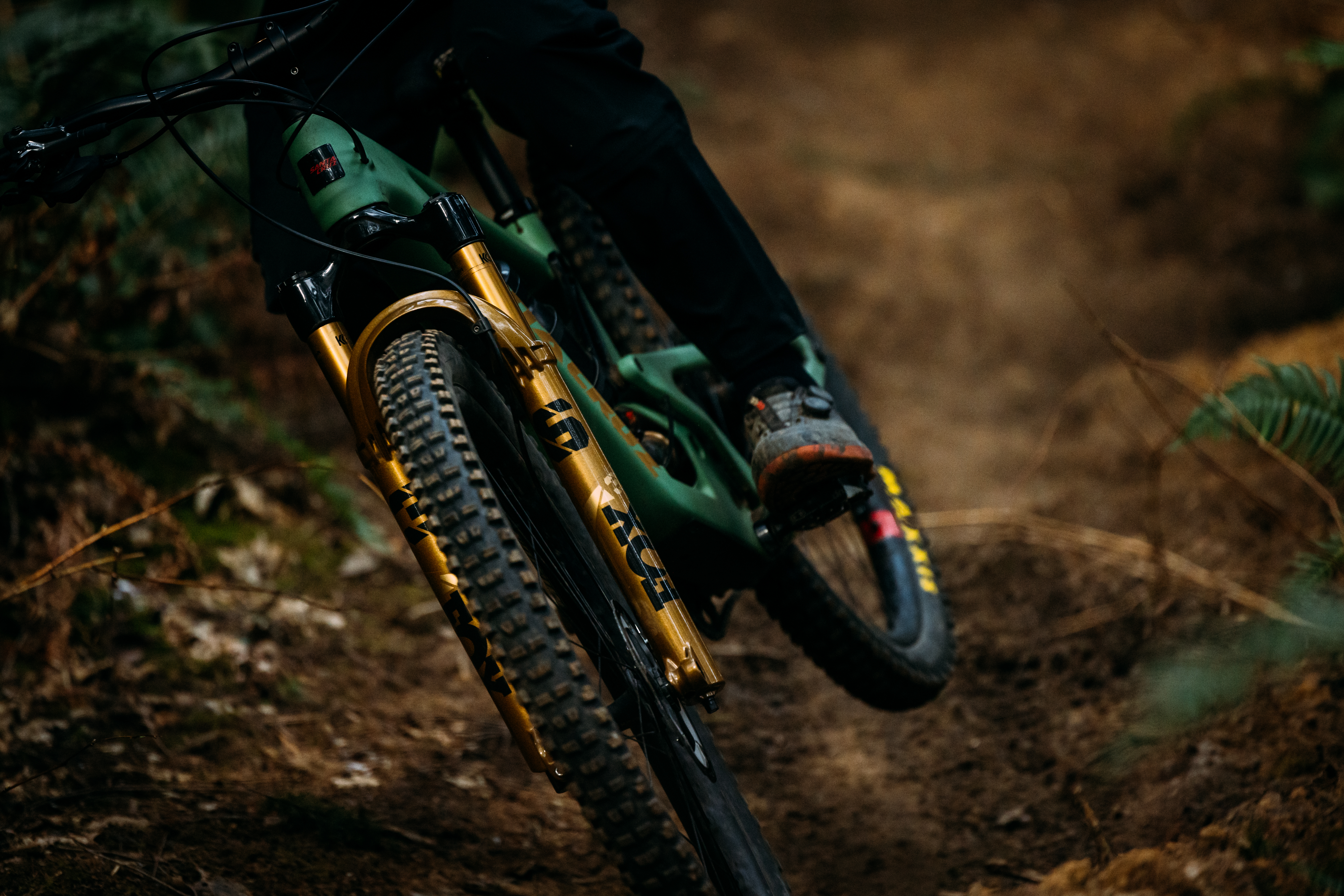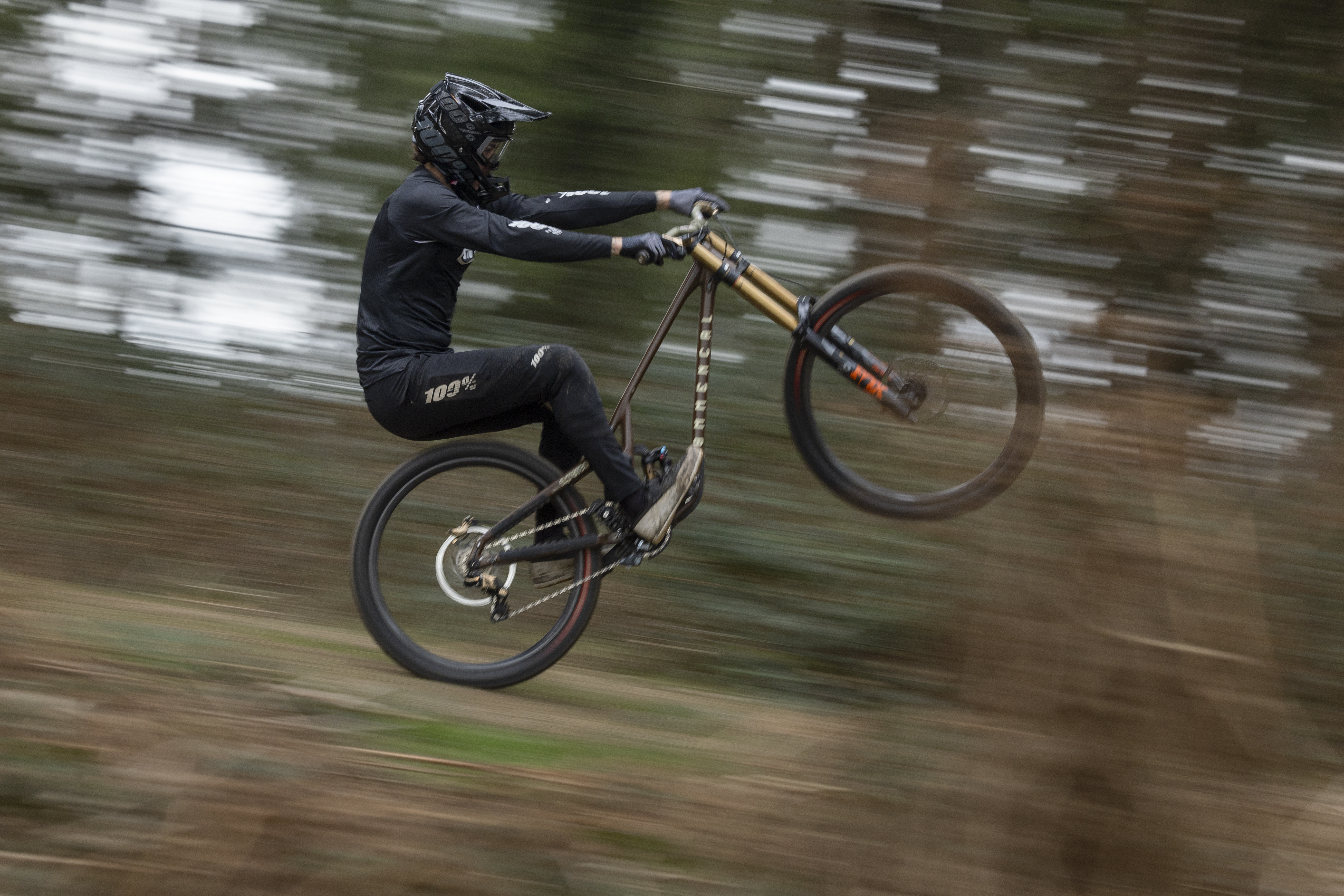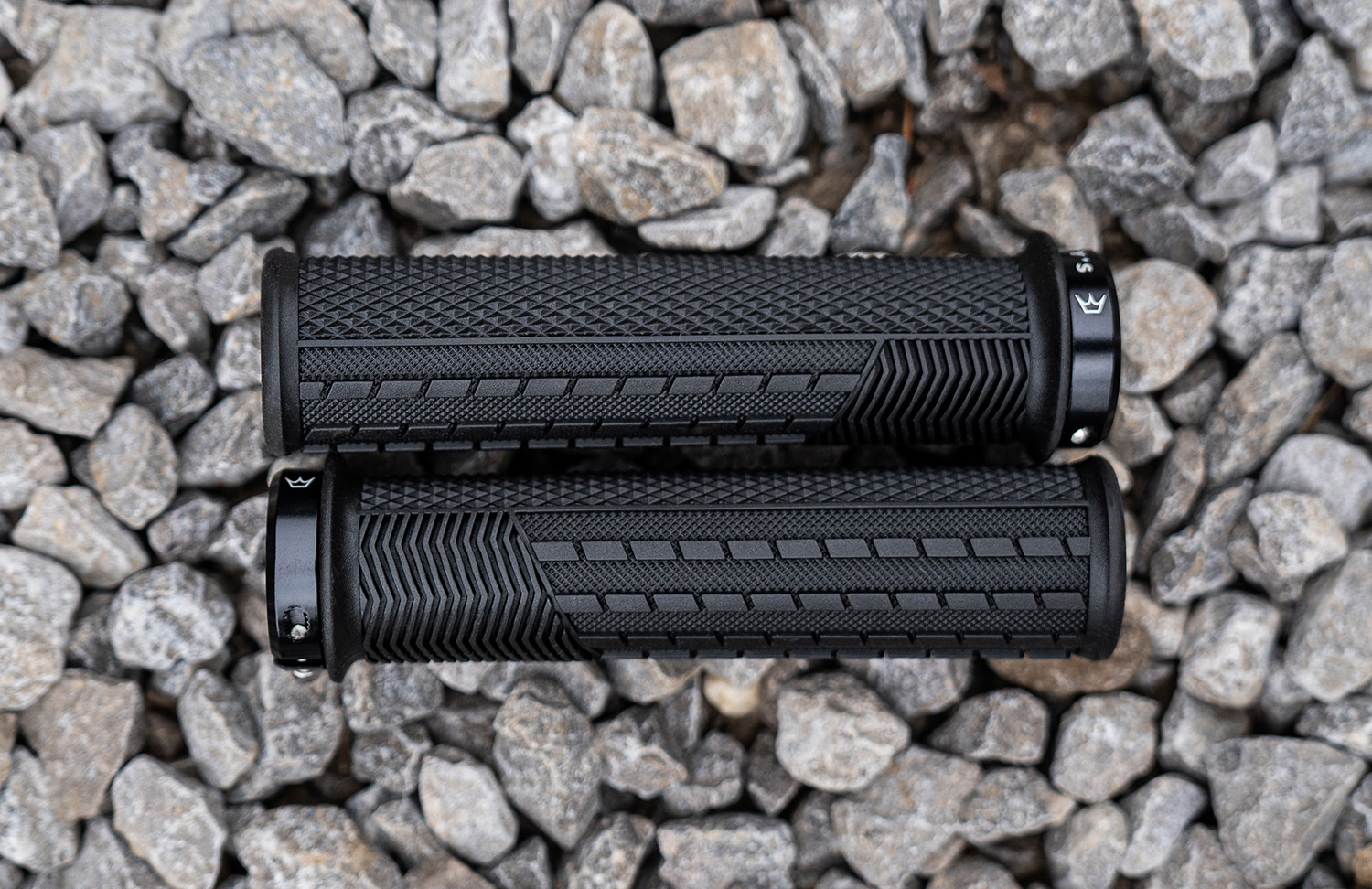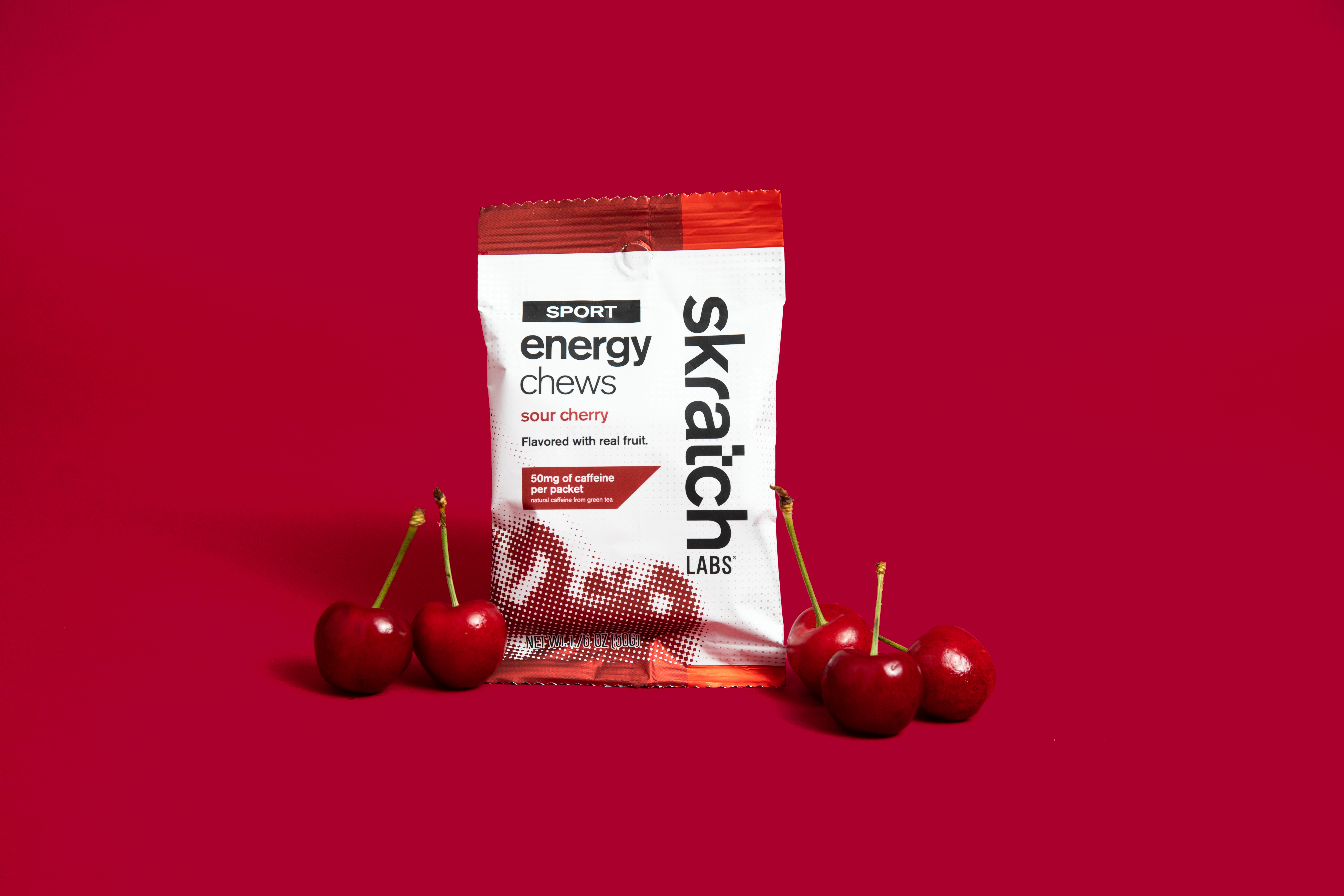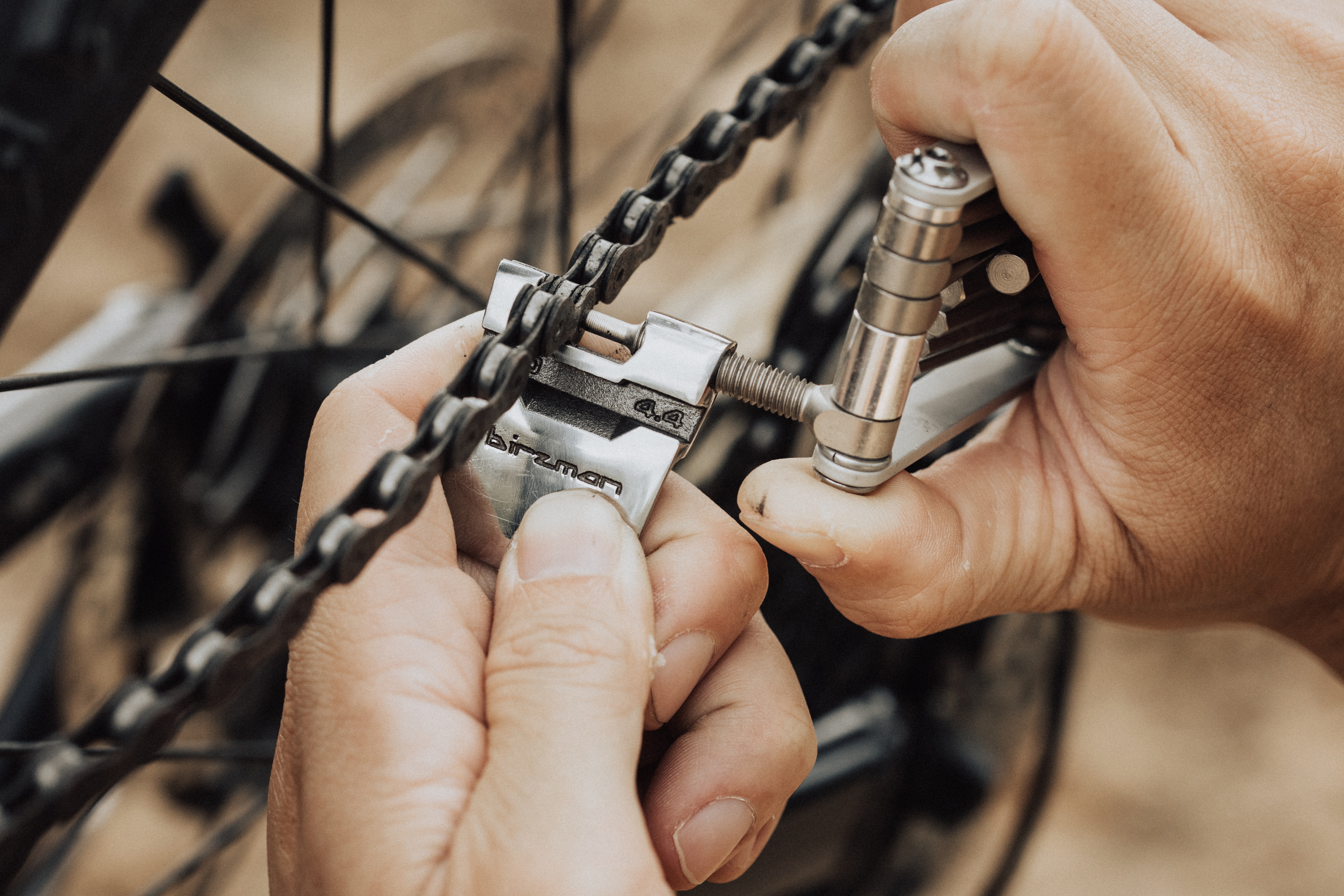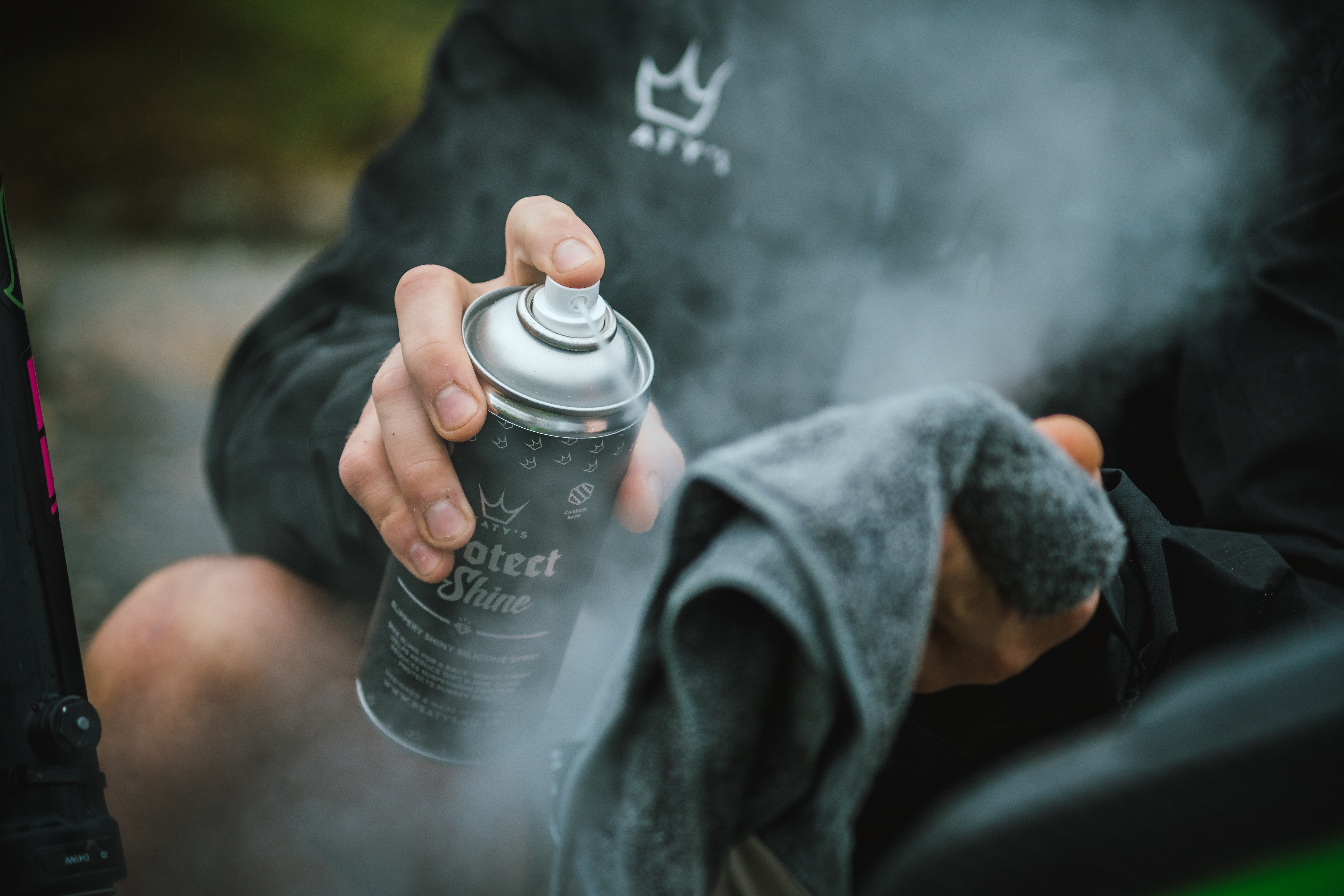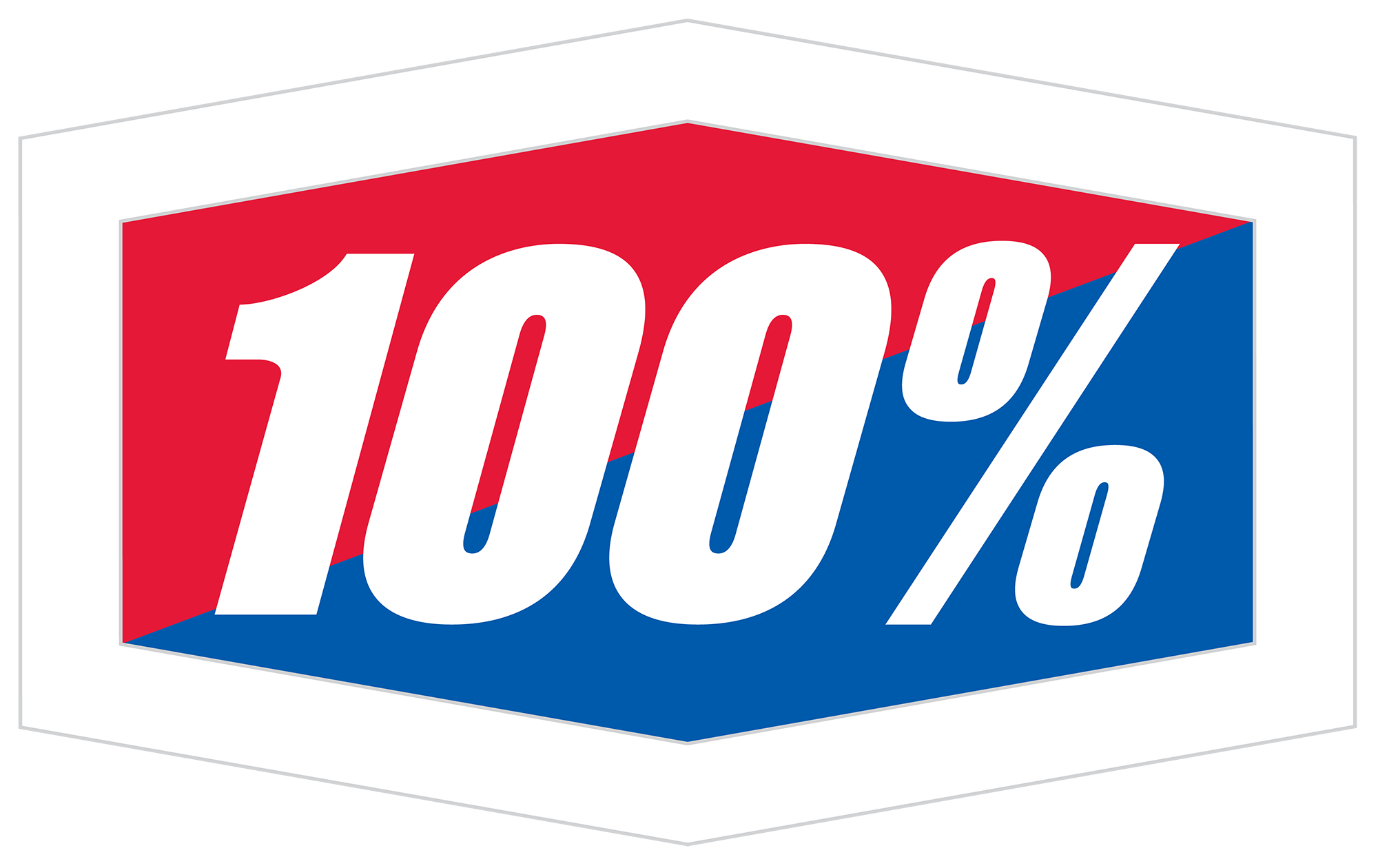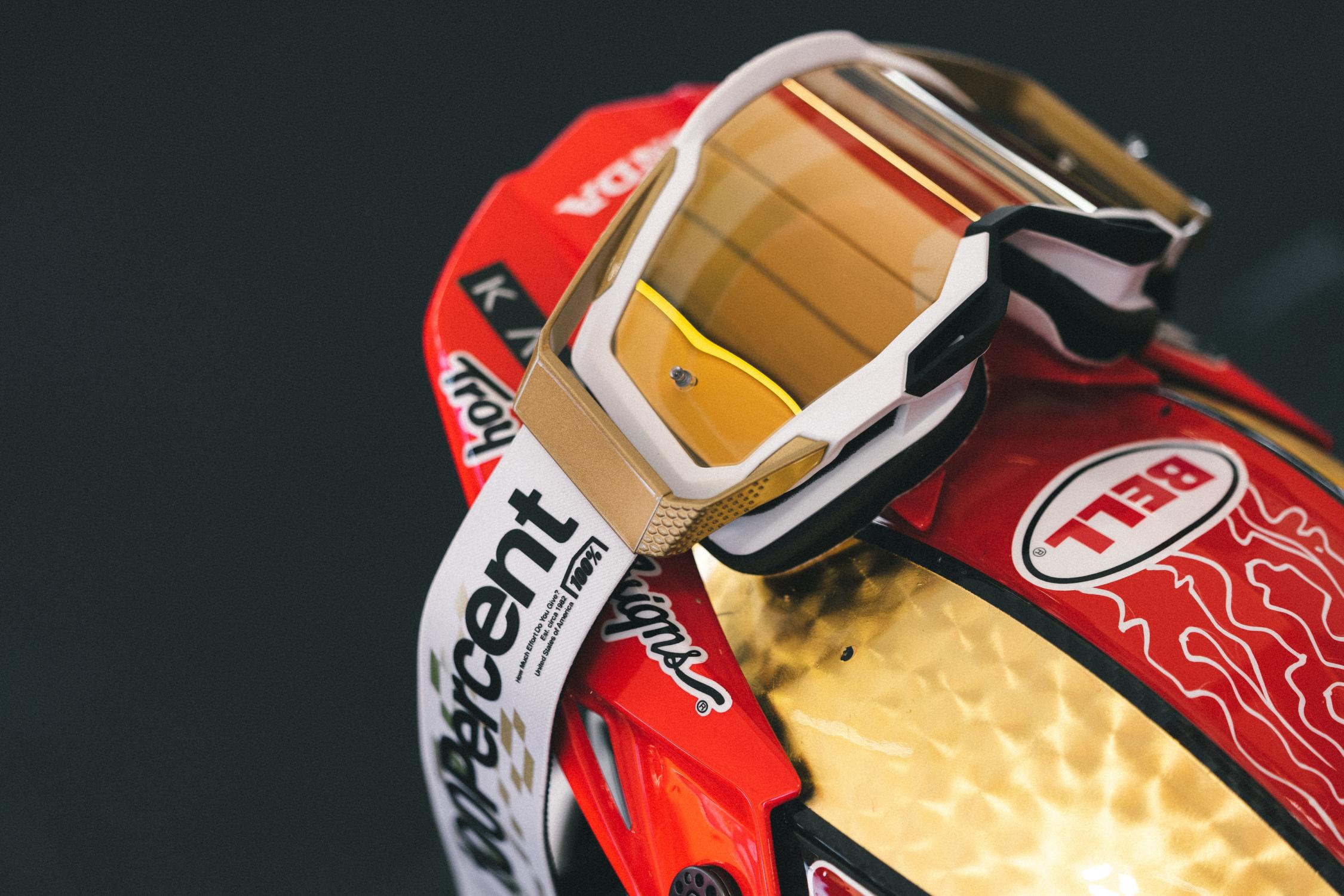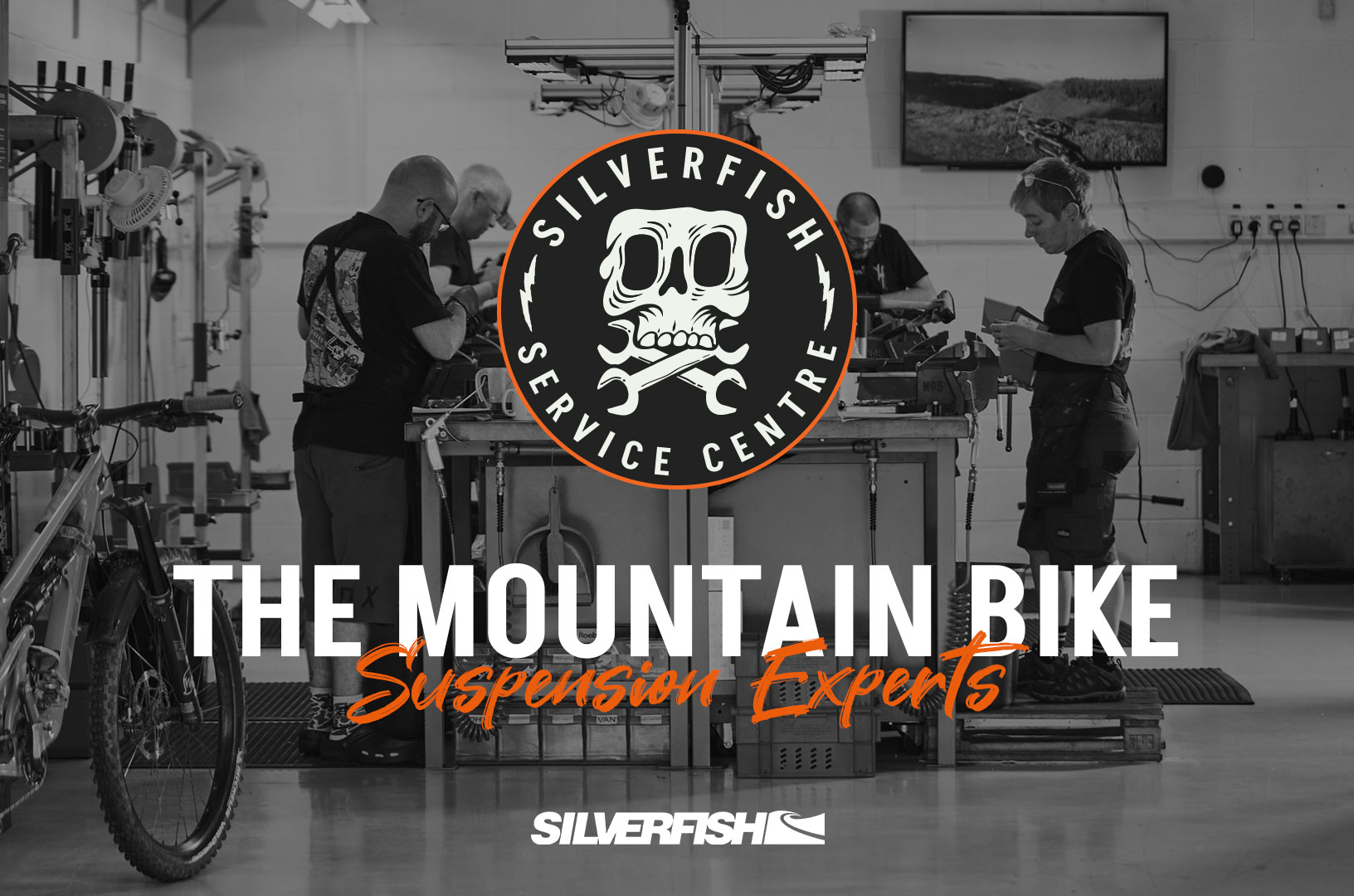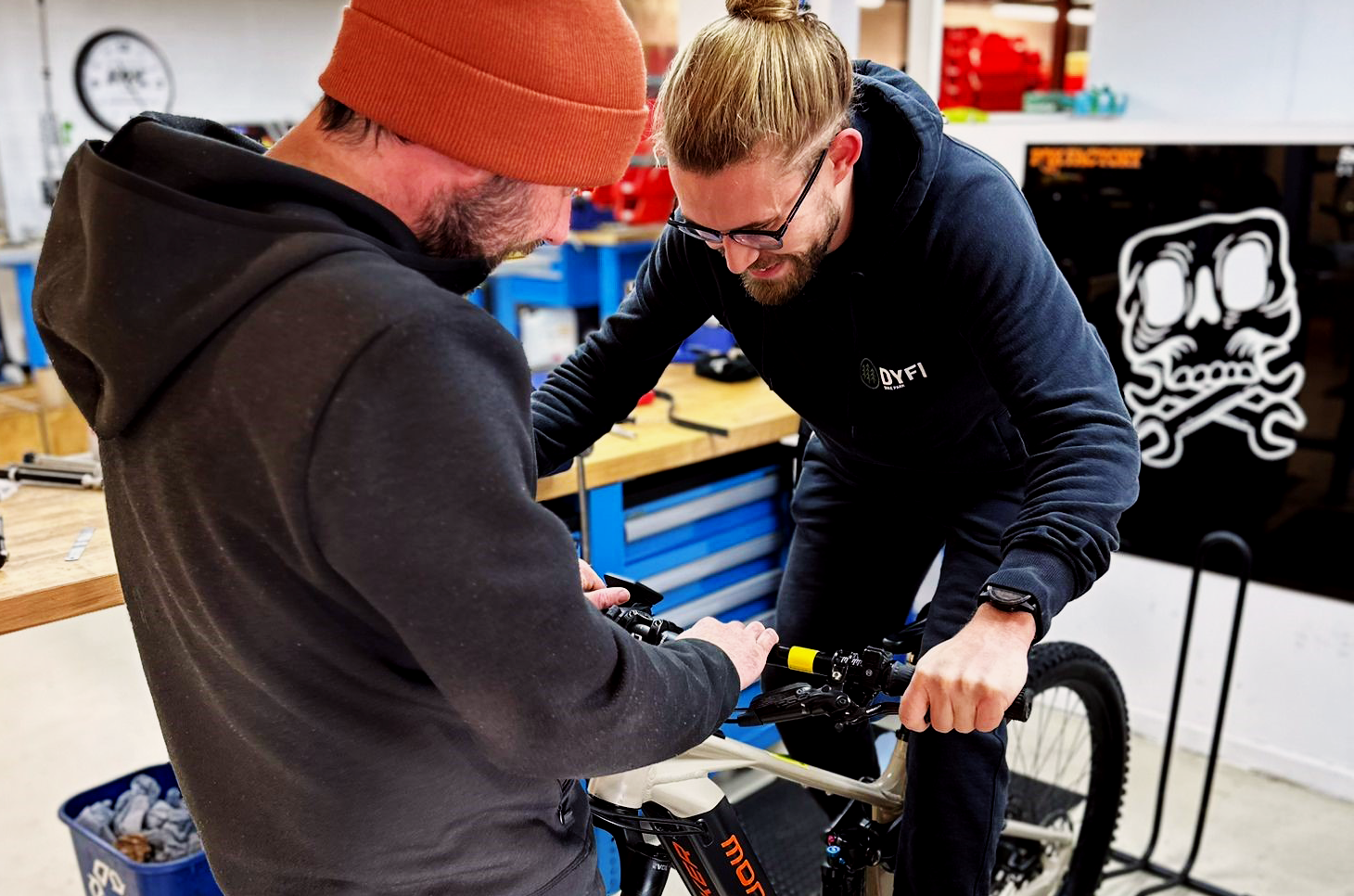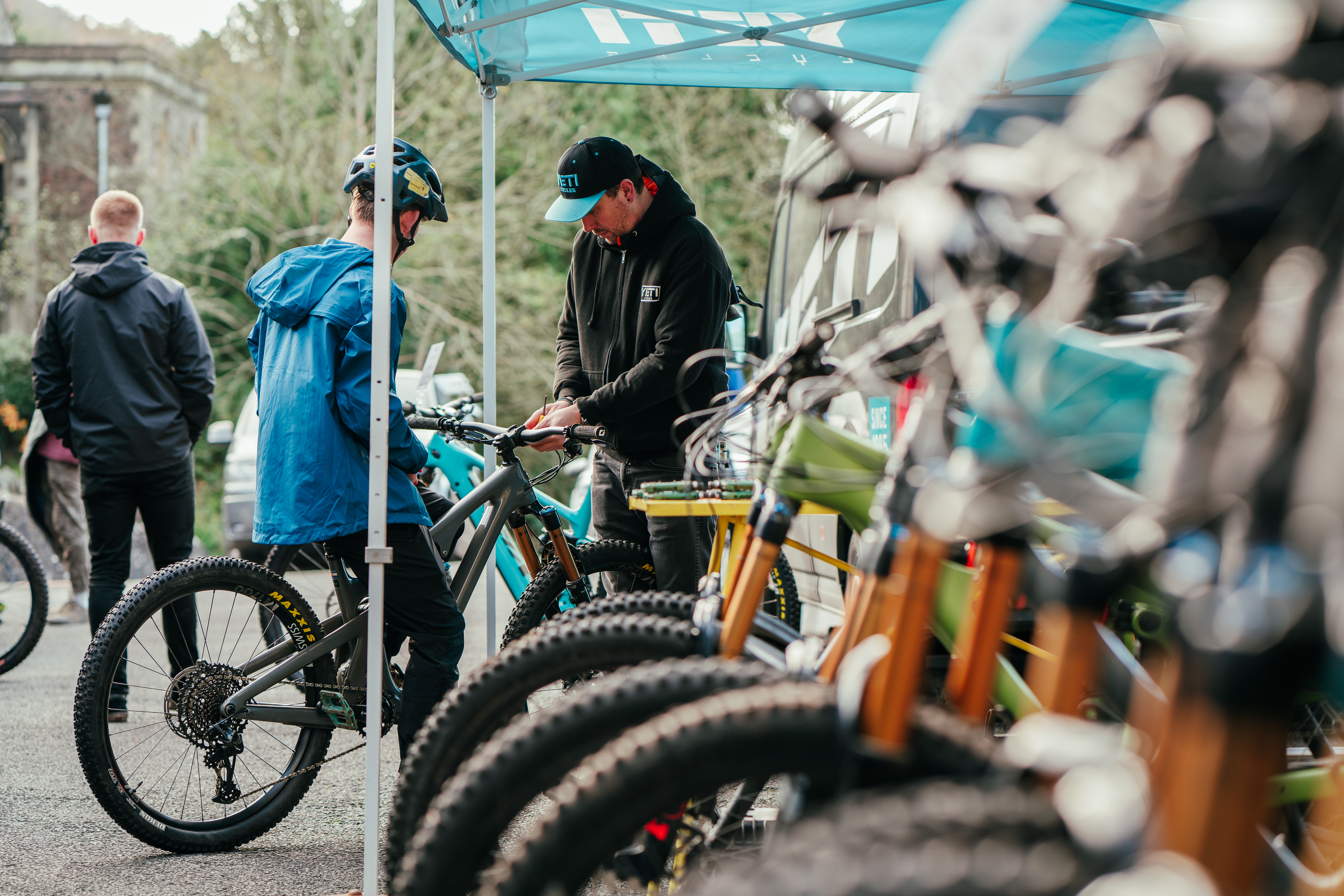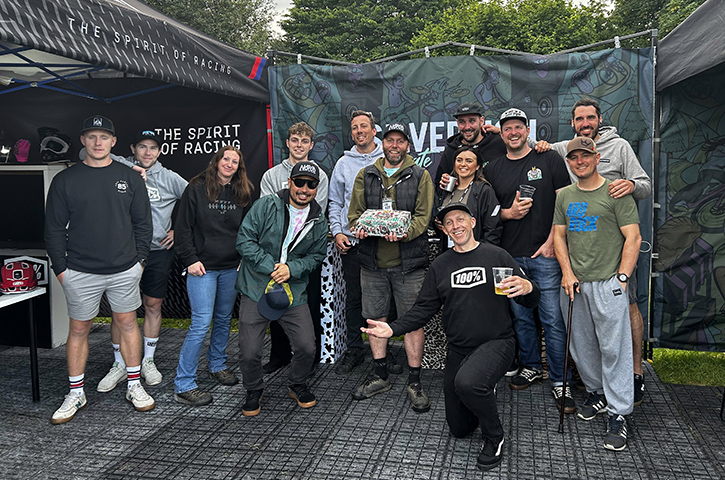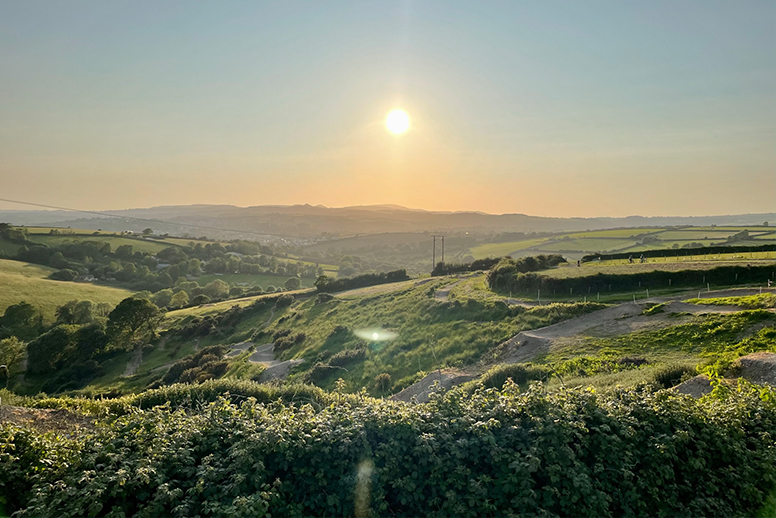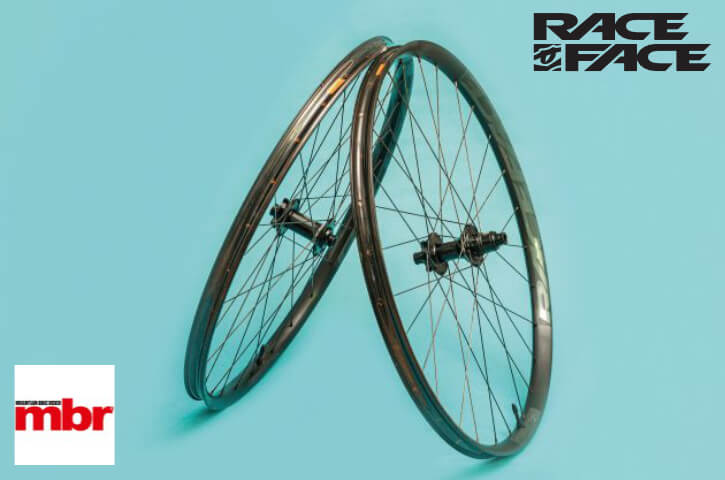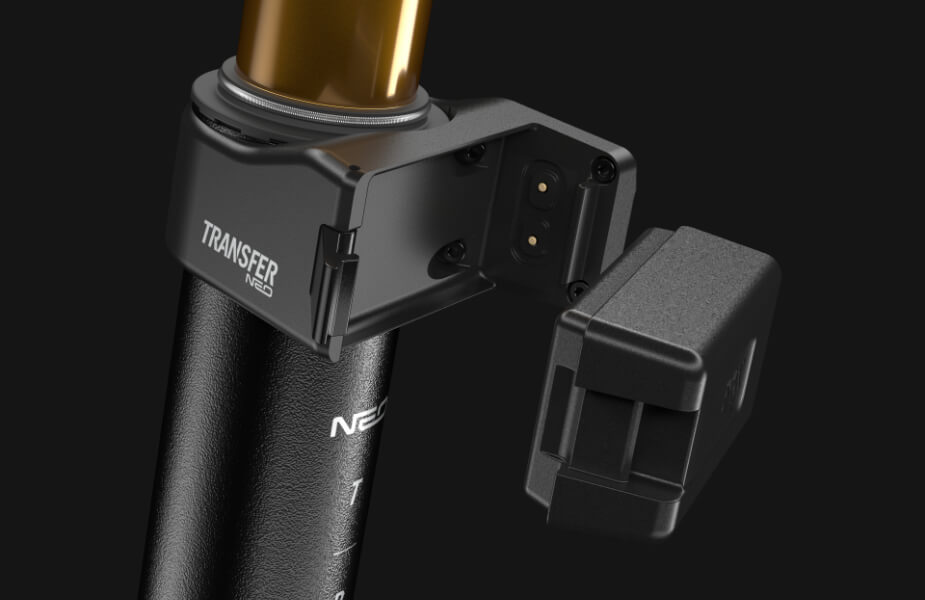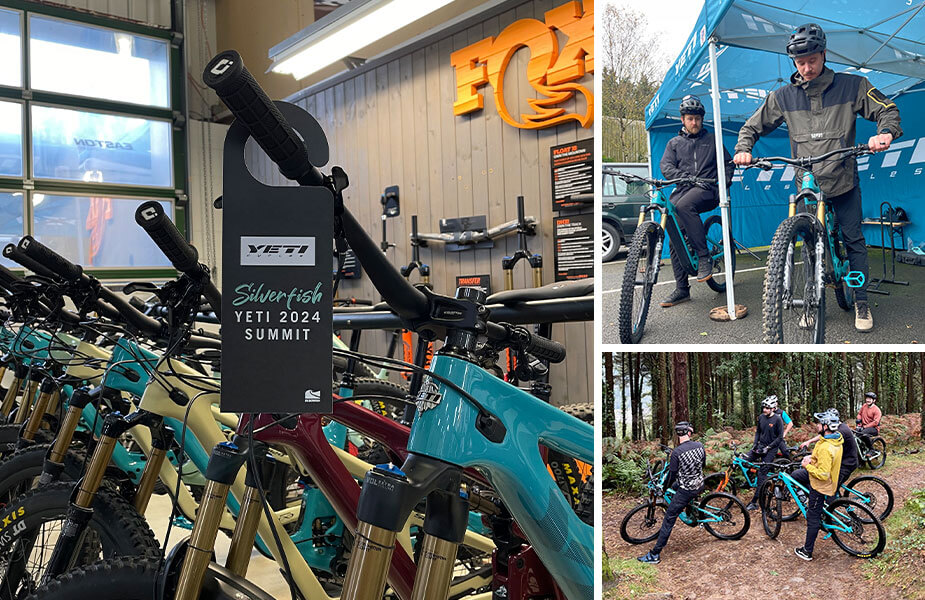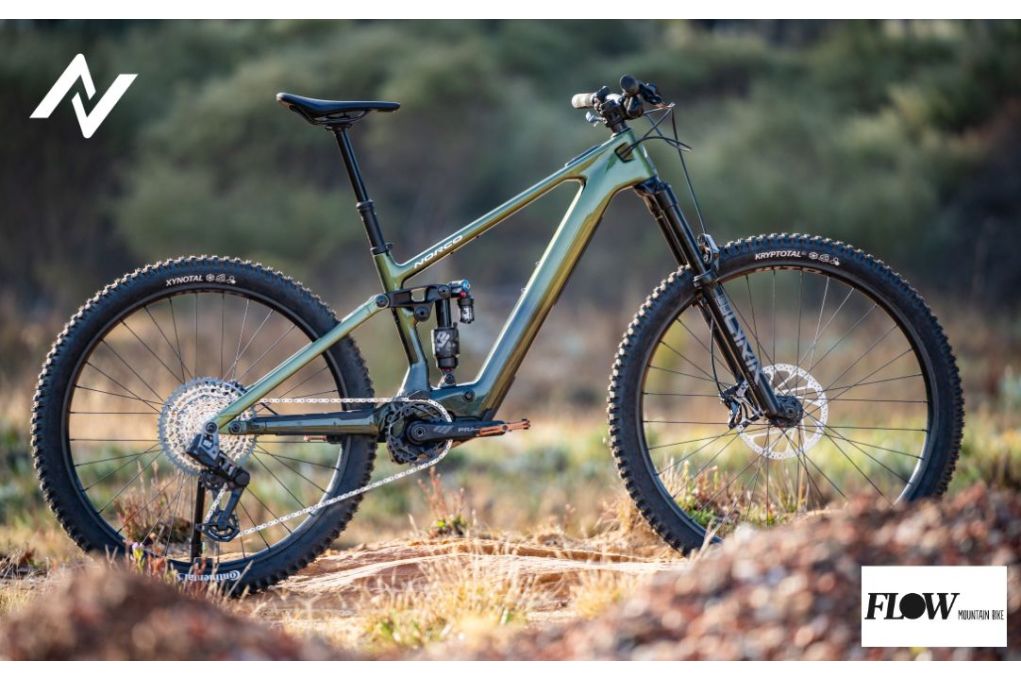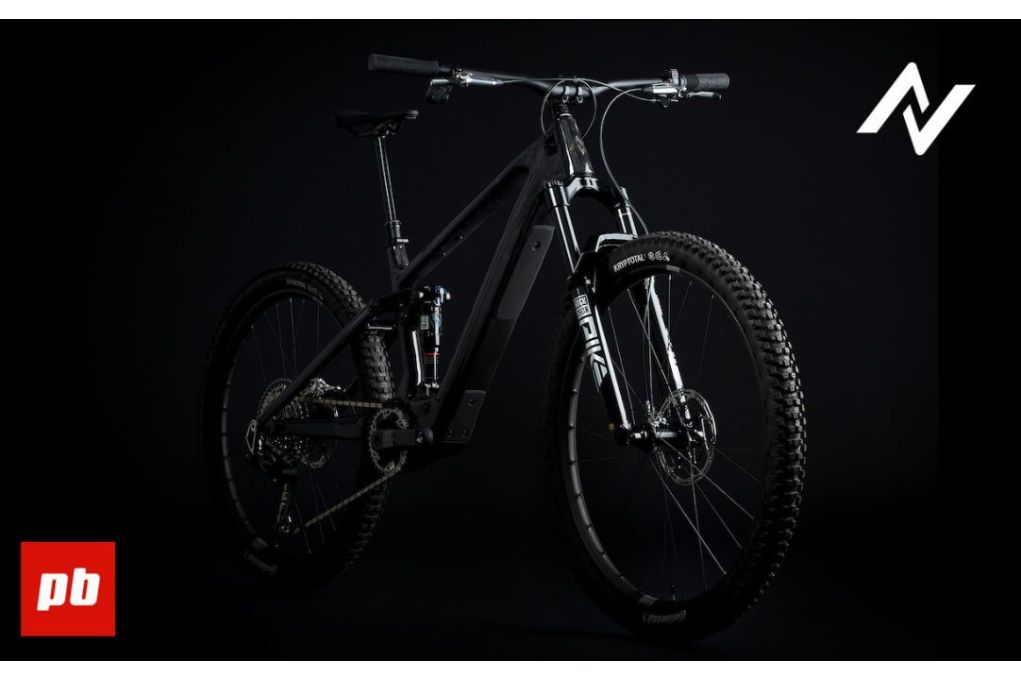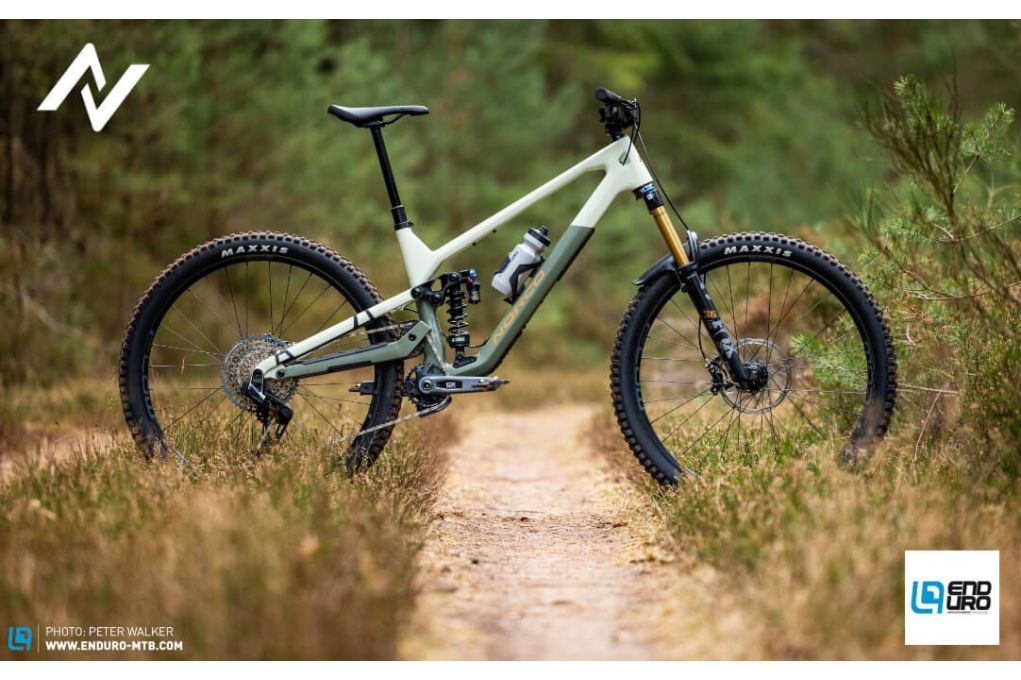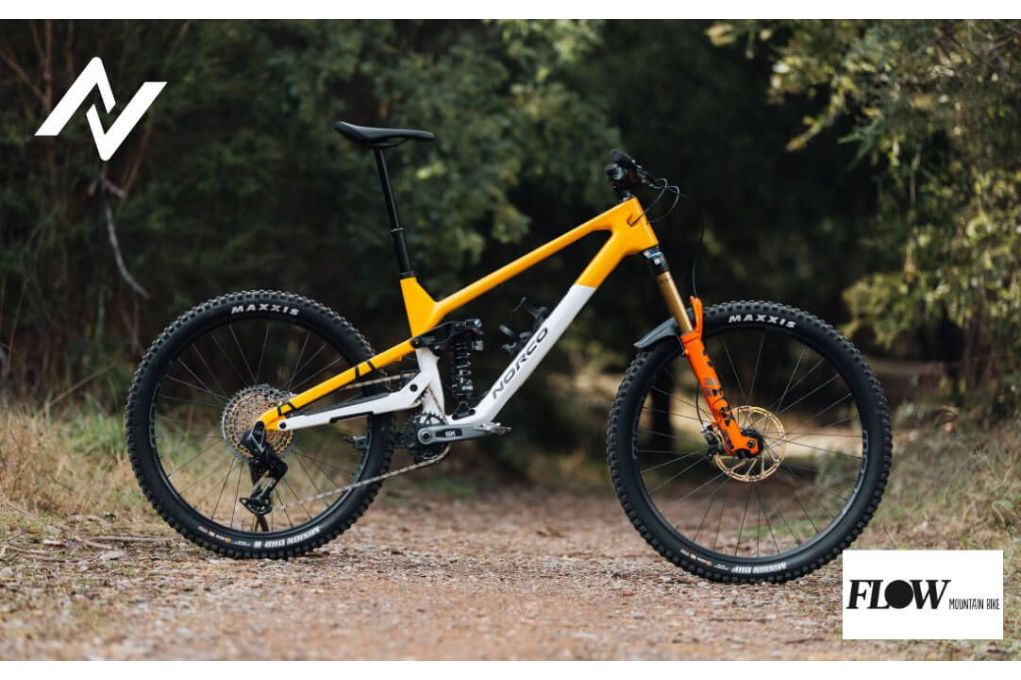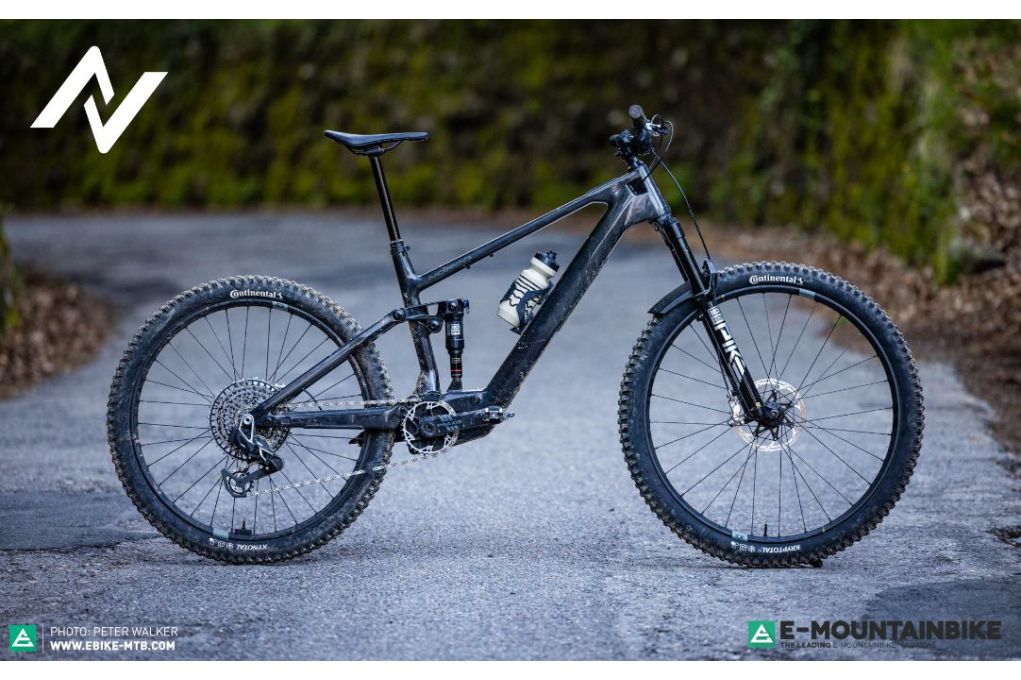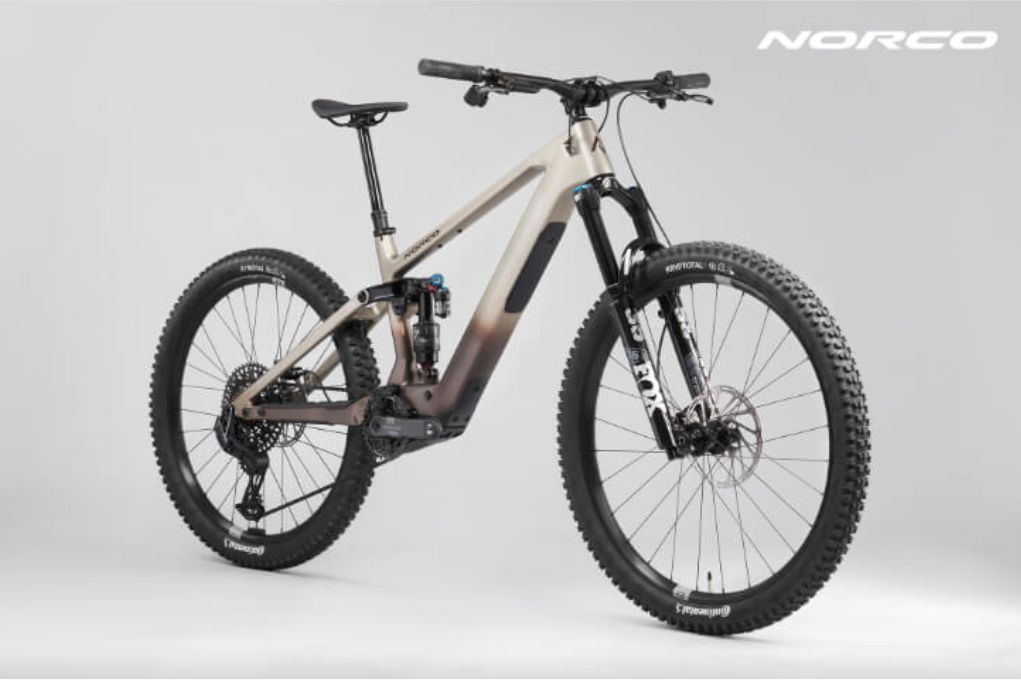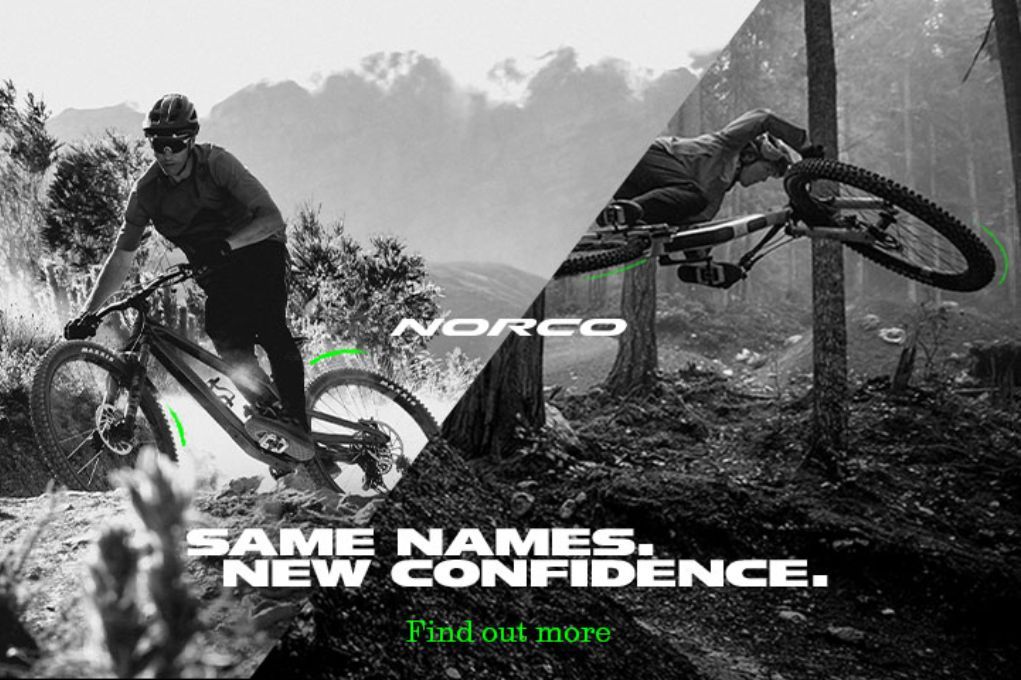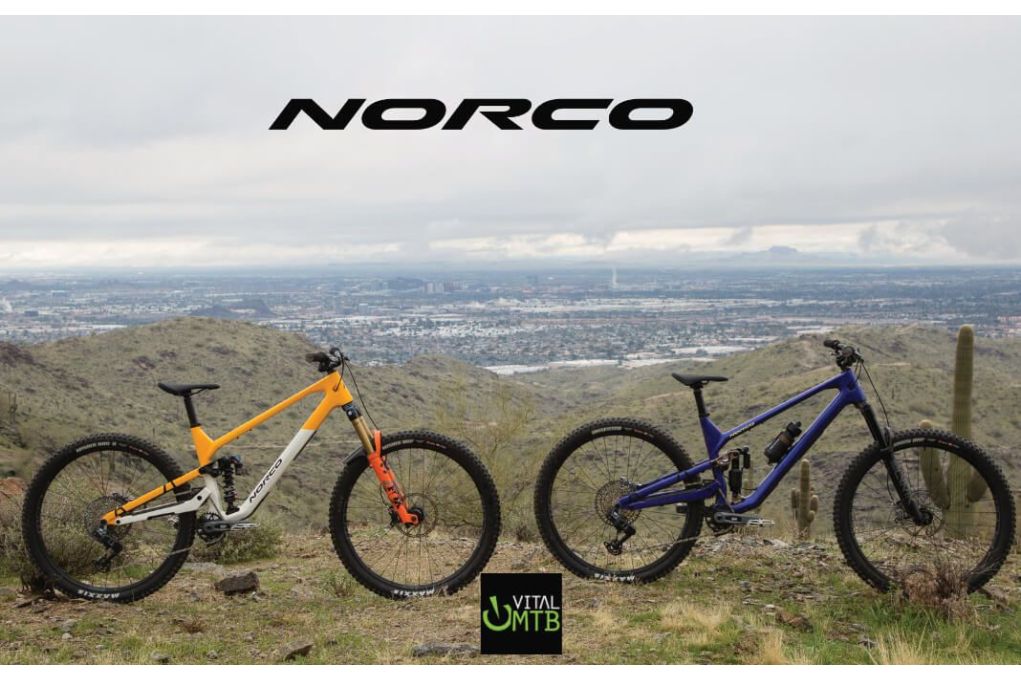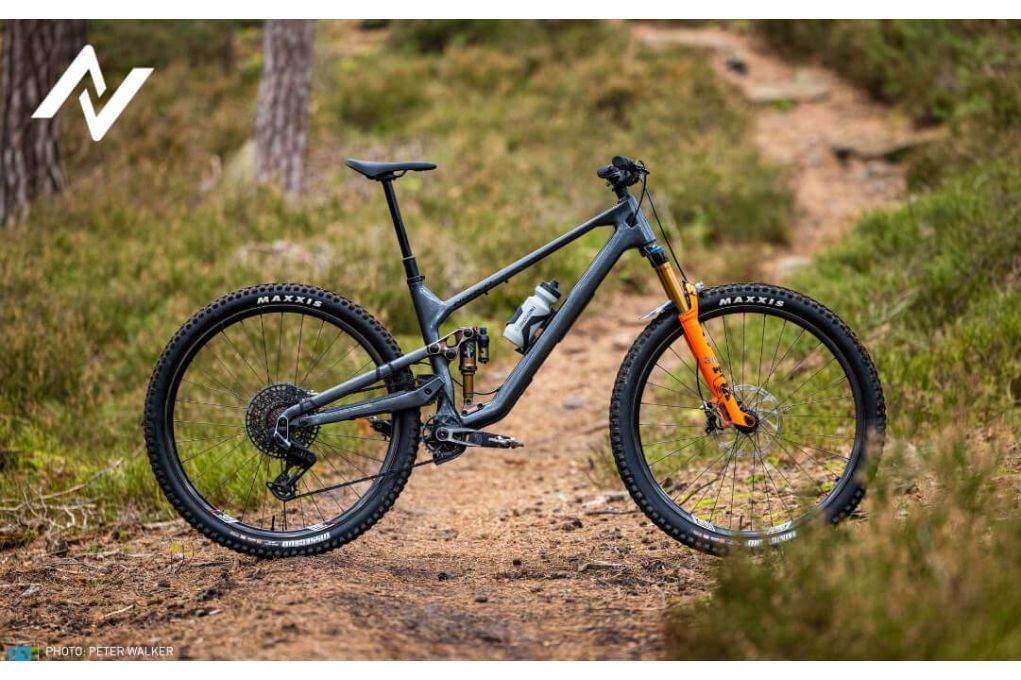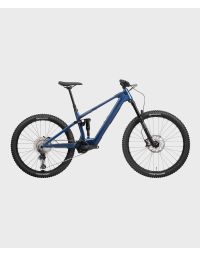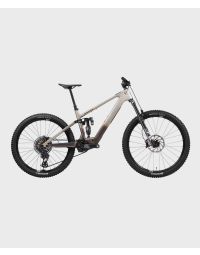ARMEGA SP25
Review: VitalMTB - Norco Fluid VLT Bike

Vital MTB has reviewed the Norco Fluid VLT Bike. Here is what they had to say:
Light-weight e-bikes are here to stay, and with all the offerings from nearly every major brand, it's safe to say, like it or not, that the future of mountain bike riding for a majority of the population will involve a battery and a motor. If that's something you despise, move along. If you're down to embrace the power of electricity in a trail-riding application, then Norco's 2024 Fluid VLT lineup should pique your interest.

Norco Fluid VLT Highlights
- Full carbon frame or carbon front triangle, aluminum rear
- 130mm rear wheel travel // 140mm fork (C1 130 bike (tested)), 140mm rear wheel travel // 150mm fork (C1, C2, C3 140 bikes)
- RideAligned tuned Horst Link suspension design
- Mixed-wheel configuration only
- Bosch Performance Line SX motor, 55 Nm of torque, 600w peak power
- 400 Wh battery (not removable).
- 250wh PowerMore range extender available from Bosch for approximately $500. 3.8 pounds.
- Bosch Smart System wireless remote and system controller interface
- Five sizes (S1 - S5) for riders from 5'1" to 6'5" (152 to 182cm)
- Size-specific chainstay lengths and seat tube angles
- Five build kits
- Verified weight (size S3 C1 130, WITH Burgtec flat pedals): 39.6 lbs (17.97 kg)
- MSRP $5,999 - $11,499 USD ($11,499 as tested, C1 130)
Vital is quite familiar with the Norco Fluid line of trail bikes as they've been tester favorites over the years. They're simple bikes at good prices with solid geometry and well-performing suspension. What else does a mountain biker really need? As e-MTBs developed over the last half a decade, Norco's VLT models were present and powerful but generally bulky, industrial affairs. They were capable, yet reflected an average e-bike progression, not being terribly cutting-edge. Then in June of last year, Norco announced their leap into the SL e-MTB pool with the refined and updated Fluid VLT; a svelte, carbon, far-cry from their previous Fluid VLT offerings.

That Whole Sub-40-Pound Thing and Initial Impressions
Hitting the sub-40-pound label seems to be the goal of any SL e-bike maker, and in their press release, Norco claimed to have hit the mark by just a tenth-of-a-pound with their C1 130 build. More than fair, the comments were quick to point out that only one of the Fluid VLT models was under 40 pounds. The build on the C1 appeared to prioritize weight over performance with 180mm SRAM Centerline X rotors grabbed by SRAM Level Ultimate brakes, too. At least the tire spec wasn't semi-slick with paper casings.
Other riders were disappointed the bike didn't have an idler like their recently updated Norco Optic and Sight. We didn't care that the suspension layout was still a 4-bar, and we were hyped to try out the new, lightweight Bosch SX system. Those brakes, however, had us suspicious and even skeptical of Norco's motives, just like the commenters. After a few months of riding the bike in foothills and higher-elevation trail terrain, we're no longer skeptical (even if we'd opt for more powerful brakes or at least a 200mm front rotor). Oh, and the actual weight of our size S3 bike was even less than what Norco claimed; 39.6 pounds WITH Burgtec Penthouse Flat MK4 pedals.

Now that we're done talking brakes, the rest of the spec is top-of-the-line trail componentry with SRAM XX Transmission drivetrain, RockShox Pike Ultimate fork (140mm) and Deluxe Ultimate trunnion shock (130mm rear travel), carbon Crank Brothers Synthesis Enduro wheelset, OneUp carbon bars, Oneup travel-adjust Dropper, 2.4-inch Continental Kryptotal and Xynotal trail tires. We'll just put it out there now, the Fizik Ridon saddle can be GetRidOf.
Geometry, Sizing, Norco's RideAligned Bike Setup
As mentioned, we're familiar with many-a-Norco and the new Fluid VLT's sizing and setup fall right into place with their efforts to make life easy on MTBers. Norco's RideAligned bike setup program is intuitive, asks the right questions and will put a rider at a fantastic starting point for tuning suspension, airing up tires and trimming the bars. Previously, we've questioned Norco's recommended sizing as they tend to point riders in the direction of longer bikes than they may be used to. Our tester at 5'9" is, according to Norco, in the sweet spot of their S3 (like a large) that has a 477mm reach. That's 16mm longer than his daily driver, but the size S2 only has a 452mm reach. Discussing this with Norco's development team, they quickly pointed out that a bike size is more than just a reach number alone, and that the combination of angles and measurements built into the Fluid VLT would ensure a good time and proper fit on the S3 for our tester. For the most part, they were right.
The Fluid VLT 130's geometry sits comfortably in do-it-all trail bike turf featuring a 65-degree head angle, size-specific chainstays and size-specific seat stays. If you opt for a 140 VLT model, head angle slackens out to 64.5 degrees, reaches tighten up (4.5mm on S3) and BB height goes up to 350mm from 346.5mm. To the dismay of some, a 27.5-inch rear wheel is the only option at this time. Considering the trail category, a 29-inch rear wheel is often a preferential choice for many riders, so unless Norco offers some upgrade package in the future, flinging roost off a small meat out back will have to suffice. Additionally, there are no geometry adjustments on the Fluid. No flip chips, no headset cups, nothing. And that's fine with us.
Assistance is described as "support level of the riding mode" with Dynamic Feel as "acceleration behavior when starting to pedal." In this test we settled on more powerful and exciting Turbo and eMTB modes, unchanged Tour mode and an Eco mode with lowered max torque. The app keeps track of rides and displays how many miles have been ridden in each mode, among other features like estimated mileage range and battery percentage since the on-board display is only a series of lights and bars. The on-board display is easy to read with five bars that have two different shades representing full bar or half bar equaling a total of "10 bars" worth of visible battery life on the top tube. The display is also neatly tucked into the top tube without any significant protrusions that could be hit in a crash. The wireless controller is a highlight of the system components. Discreet and wire-free, this is the e-bike future without a dangling, snaggable cable or hole drilled into a handlebar for routing...quite the departure from the Norco Sight VLT we tested just 4 short years ago. Going wireless does mean you'll have another battery to keep an eye on, but the indicator light on the left side of the controller keeps that front-of-mind when a change is required. If the controller battery dies, there is still a mode selector button on the top tube control.

Motor-Off-Ability
Charged up and ready to rip, the Fluid VLT C1 130 is the epitome of "doesn't feel like an e-bike." In fact the first few miles out was with the motor turned off just to see what would happen. The weight of the bike is only four pounds heavier than the non-motorized Norco Fluid FS A3 we tested last fall. To put that in perspective, our fully blinged-out carbon Fluid VLT test bike is a wallet-melting $11,499 compared to $2,249 of the somewhat clunky, alloy budget Fluid we tested. So completely ignoring frame materials, components, electronics and motors, we're talking a difference of $2,312 per pound. But what's a few nickels among friends these days, right? We're kidding. Thankfully our five-figure bike has what is probably the best lightweight motor and battery combo on the market today to ease the sting on the wallet and the climb.
With the motor off, climbing wasn't easy but it was considerably manageable and those few miles without assistance mitigated any range anxiety we typically have with e-bikes. If we sunk the ship, we could easily pedal home on the Fluid VLT, so depleting the stack of bars on the top tube no longer contributed to high blood pressure mid-ride.
On the Trail
Most of you didn't come here to read how an SL e-bike performed with the motor turned off, so let's re-iterate that the Bosch Line SX system may be the best system on the market today. The weight, the app, its controls, the power and the on-trail feeling are unmatched. Having just come off of our SL e-bike test sessions event, memories of all major e-MTB systems were still front-of-mind. The Fluid was a bit too late to the party to be included in and we didn't have a Bosch SX system in that test, but it was easy to see right away that the Fluid's Bosch SX's performance was an instant challenger to the throne.
In Turbo, with some management, squeaking out two hours of fun on a charge was possible for our 170-pound rider. When Turbo won't do because a longer adventure awaits, we found Tour mode to be a great compromise that provided plenty of battery life and power when needed. The stock Tour settings were a lot more pedally and less throttle-y. Power to the pedals was smooth and even without the herks and jerks that can accompany a hyped-up Turbo mode. The Bosch SX system didn't seem to favor lower cadences, however. Spinning the pedals more rapidly kept the bike and motor moving more happily than a slow grind.
Brakes, Noise and Price
How many of you ran down to the comments before reading this far to call out the brakes? Your comments are valid. The SRAM Level Ultimate brakes do have four pistons, but especially when paired with 180mm Centerline X rotors (yes, front, too), it sure seems like chasing a weight took priority over quality stopping power. We understand this is a trail bike and it's not designed for dragging down Squamish steeps for hours on end, but the speeds that can be achieved on even mellow trails with a bike as capable as the Fluid VLT means slowing down is important. On the occasion the 130mm-rear travel Fluid VLT may find itself in a prolonged steep situation, the brakes will be sub-optimal without, at minimum, a front rotor upsize.

What's the Bottom Line?
Norco has matured their bike lineup over the last few years and this iteration of the Fluid VLT is proof of that growth. It is one of the most fun SL e-bikes that we've ridden when it remains in a true trail-riding atmosphere; a testament to their easy-to-use RideAligned setup guide, the Bosch SX system, refined geometry and nuanced suspension platform. Ride the Fluid VLT with the explosiveness of a full-powered e-bike for a quick rip after work or conserve power and be out in the hills all day, hitting more trails than you ever could. One may ask if they should go with the 140 over the 130? Those 140 models sure look like a hoot considering they have a 150mm fork that could open up wider terrain options, but brakes aside, we never felt under-gunned on the 130 in our neck of the woods. Take an honest look at the terrain you ride the majority of the time and get the bike that would best fit that terrain instead of going big just for the sake of going big.
The price of admission may be a bit steep with the high-end models, but sacrificing a bit of weight in return for saving some coin with their mid- or entry-level models will net any mountain bike rider a playful, nimble experience with some assistance to boot. If you want a full 29er, you'll have to look elsewhere (for now), but Norco has created a trail slayer with their new Fluid VLT. Hit up norco.com for more.

